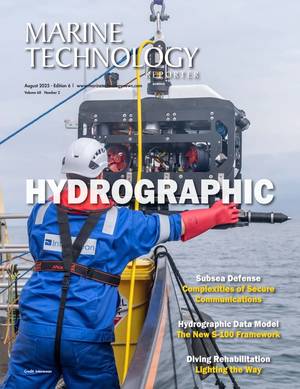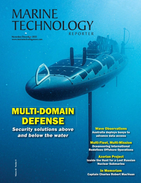AI is Boosting Operational Autonomy
In a world-first for marine science and technology, Teledyne Marine, in collaboration with Rutgers University-New Brunswick, has just launched an autonomous glider that will circumnavigate the globe.
Navigational adjustments will be made along the way, as full operational autonomy is something that the underwater robotics industry continues to perfect.
The loss of the University of Gothenburg AUV Ran demonstrates what can go wrong. Ran’s most groundbreaking results were achieved during risky missions under the floating glaciers of Antarctica. It was during one such mission that Ran was lost in January 2024.
AI is helping AUV reliability - Ran II will have more robust decision support for emergencies and improved navigation.
And it’s not just long-distance navigation that is being developed. Norwegian University of Science and Technology researchers recently published a study in Frontiers on a deep learning robotic-vision method that could help prevent unmanned underwater vehicles from disturbing nearby fish while operating in the confines of fish farms.
A newly-published study published in Engineering Applications of Artificial Intelligence by UK researchers explores the advances being made in subsea robotics and challenges involved in achieving full operational autonomy. “Current systems predominantly exhibit partial autonomy, performing pre-defined missions with limited adaptability. However, advancements in hybrid localisation techniques, multi-modal sensor fusion, and AI-driven decision-making are pushing the boundaries of autonomy, enabling autonomous underwater systems to adapt dynamically to complex underwater environments.”
Control systems bridge the gap between decision making and physical execution, and they are increasingly incorporating AI-based frameworks that enable real-time adaptive behaviour by processing multi-modal data from navigation systems.
Traditional rule-based systems have been effective in predictable scenarios, but they lack the flexibility to respond to unexpected challenges such as a strong current or an uncharted obstacle.
Researchers have increasingly turned to AI-driven decision-making frameworks that incorporate deep reinforcement learning - a methodology that combines reinforcement learning and deep neural networks. By iteratively interacting with the environment and making trial-and-error choices that maximise cumulative rewards, it enables AI agents to learn rules from sensory inputs and extract complex features from unstructured data.
In driverless cars, it helps develop sophisticated control policies for navigation, path planning, and decision-making in dynamic traffic scenarios.
Another emerging technology combines rule-based systems and AI-driven models. This approach ensures reliability in predictable tasks while enabling adaptability unstructured problems. “For instance, in underwater infrastructure inspection, a hybrid system might use rule-based algorithms for standard inspection routines while deploying AI models to detect and assess anomalies in real time,” say the researchers.
Incorporating energy-aware decision-making is another area undergoing development, as energy constraints are a major limitation for autonomous systems. The UK researchers also expect that future directions in decision-making will involve greater integration of AI with bio-inspired algorithms such as those that mimic the adaptive decision-making observed in marine animals.
Researchers at Australia’s Queensland University of Technology are already working on both these challenges, employing bio-inspired algorithms to reduce energy consumption. They highlight that robotic vision systems alone can use up to a third of the energy onboard a robot because of modern robotic vision’s reliance on AI.
They have developed a system that uses a brain-inspired technology called neuromorphic computing. This takes principles from neuroscience to learn and process information like human brains do. It entails designing hardware and software that simulate the neural and synaptic structures and functions of the brain.
An important feature of neuromorphic computers is that they are highly energy-efficient. A regular computer can use up to 100 times more power than a neuromorphic chip.
Developing more compact, energy-efficient AI using neuromorphic computing could be key for enabling AUVs to go farther and for longer periods of time.



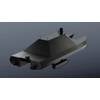
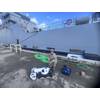
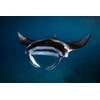









 August 2025
August 2025
